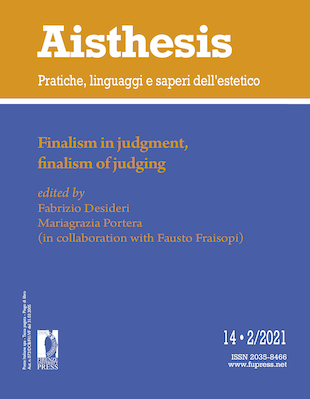Published 2022-01-25
Keywords
- Ready-made,
- Large Glass,
- Technlogical Reproductibility,
- Aesthetic properties,
- Implementation
How to Cite
Abstract
It is a commonplace in certain areas of art theory and contemporary art practices to consider Marcel Duchamp’s ready-mades as ordinary objects, which have an artistic value that depends more on a theoretical or institutional framework than on an aesthetic experience. The aim of this paper is, on the one hand, to show the historical emergence of these artifacts on the light of the impact of the industrial production in avant-garde movements of the early twentieth century. Discussing Walter Benjamin’ s and Jean Brun’s, it argues that Duchamp’s practice has an explanatory principle, both in the mechanical reproduction of the work of art and in the aestheticization of the machine. On the other hand, it brings forward some observations regarding Duchamp’s insight on the “total lack of good or bad taste” and the perceptual dimension of a sculptural object as the Large Glass, coming back to Arthur Danto’s interpretation of ready-mades and to the notion of “implementation” introduced by Nelson Goodman to define “the process of bringing about the aesthetic functioning that provides the basis for the notion of a work of art”.


